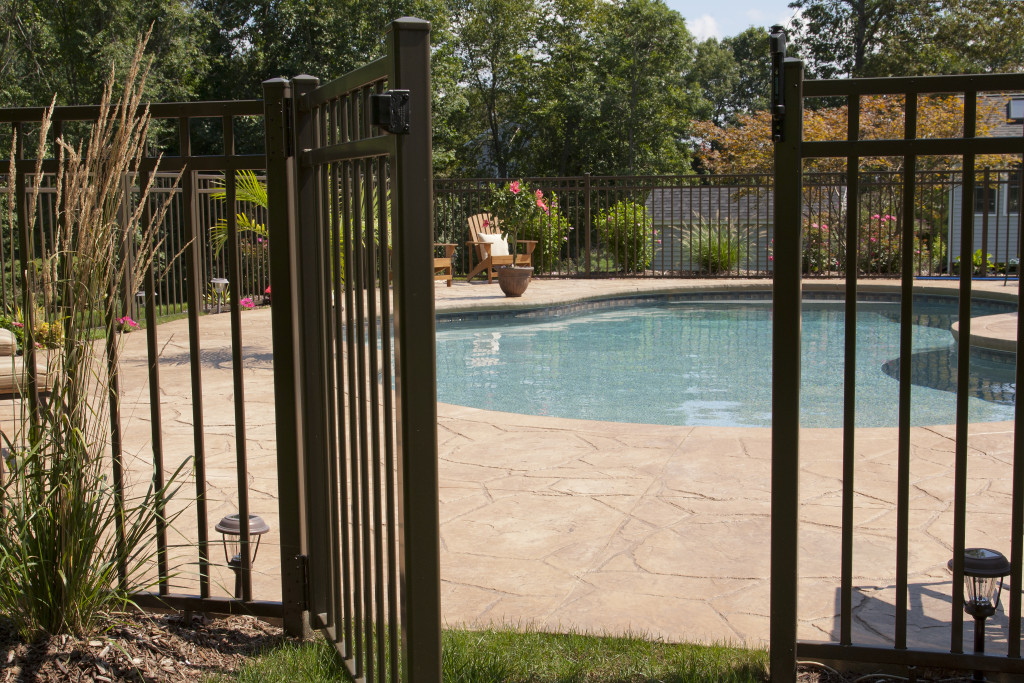Having a public swimming pool can provide your community with numerous benefits. Not only does it create an area of safe recreation, but it’s also an opportunity to build a sense of community. It can provide the space for families and friends to come together in a fun and engaging way. Here are the steps you can take to build a public swimming pool for your community:
Research Local Regulations
Before planning, you must consider the regulations for building public pools in your local area. Ensure you understand any licensing requirements or inspections that need to be completed before construction begins. This is also where you make sure not to run afoul of zoning laws or anything else that could delay or prevent the construction of your proposed public swimming pool.
Choose a Location
Once you have all the legal paperwork squared away, the next step is finding a good location for your pool. Depending on what kind of pool you want and how much space you have, this could be anywhere from an open field to an existing structure like a park or gymnasium. Consider how close it should be to other amenities like restrooms and parking lots, as well as any safety considerations such as proximity to roads or busy streets.
If you’re having trouble finding the right location, don’t hesitate to contact local businesses or officials. They may have suggestions that can help you find the perfect spot. You can also consider forming a committee of local stakeholders and pool experts who can help you with decision-making.
Design Your Pool
Next comes designing your pool! Figure out what type of pool will work best for your community—an outdoor lap-style pool, indoor competition-style pool, wading/splash pad area, etc.—and choose one that fits within your budget and meets local regulations and safety standards. You may need specialized help depending on the project’s complexity (e.g., if significant excavation is required). Make sure all these details are taken care of before moving forward with construction.
And try to get input from your community! Ask people what they want to see in terms of features, amenities, and design elements. This is an excellent opportunity to make sure the pool caters to everyone’s needs and wants. This is also the time to decide if you want to add exciting features like slides, diving boards, or even a lazy river!
Obtain Funding
If you don’t have enough money saved up already, now is the time to start looking for grants or other sources of funding for your project. Be sure to look into any tax credits or loan programs available in your area. This could help offset some of the costs associated with building and maintaining a public swimming pool in your community.
You should also consider launching a fundraising campaign to help cover the remaining costs. This could be anything from crowdfunding initiatives to bake sales and other small events. And don’t forget to reach out to local businesses, as they may be willing to sponsor or donate funds for the project.
Begin Construction
Once all necessary permits are obtained and funds secured, construction can begin! Keep in mind that this part will take time. Depending on weather conditions and other factors, building even the simplest public swimming pools can take several months—so plan accordingly.
Ensure the Pool is Safe

Finally, ensure the proper safety measures are in place once the pool is open and ready for use. Ensure certified lifeguards are on duty at all times and that any hazardous materials within reach of swimmers have been removed or blocked off. Regular maintenance should also be done to keep it safe, clean, and enjoyable for everyone who uses it.
You should also install a pH control system for your pool. This will help keep the chlorine levels balanced to ensure your pool is safe and clean. It ensures the pool’s pH level is just right, as having a pH level that’s either too high or too low can cause eye irritation, skin rashes, or other medical problems. Keeping on top of the pH levels ensures your pool is as safe and pleasant to swim in as possible.
Building a public swimming pool doesn’t have to be daunting if you know where to start! By following these steps— researching local regulations, choosing a location, designing your pool, obtaining funding, beginning construction, and ensuring the pool area is safe and secure—you’ll be well on your way toward creating an enjoyable place for people in your community to come together while promoting healthy activity at the same time! With proper planning and execution, having a public swimming pool can provide many benefits for years to come!


